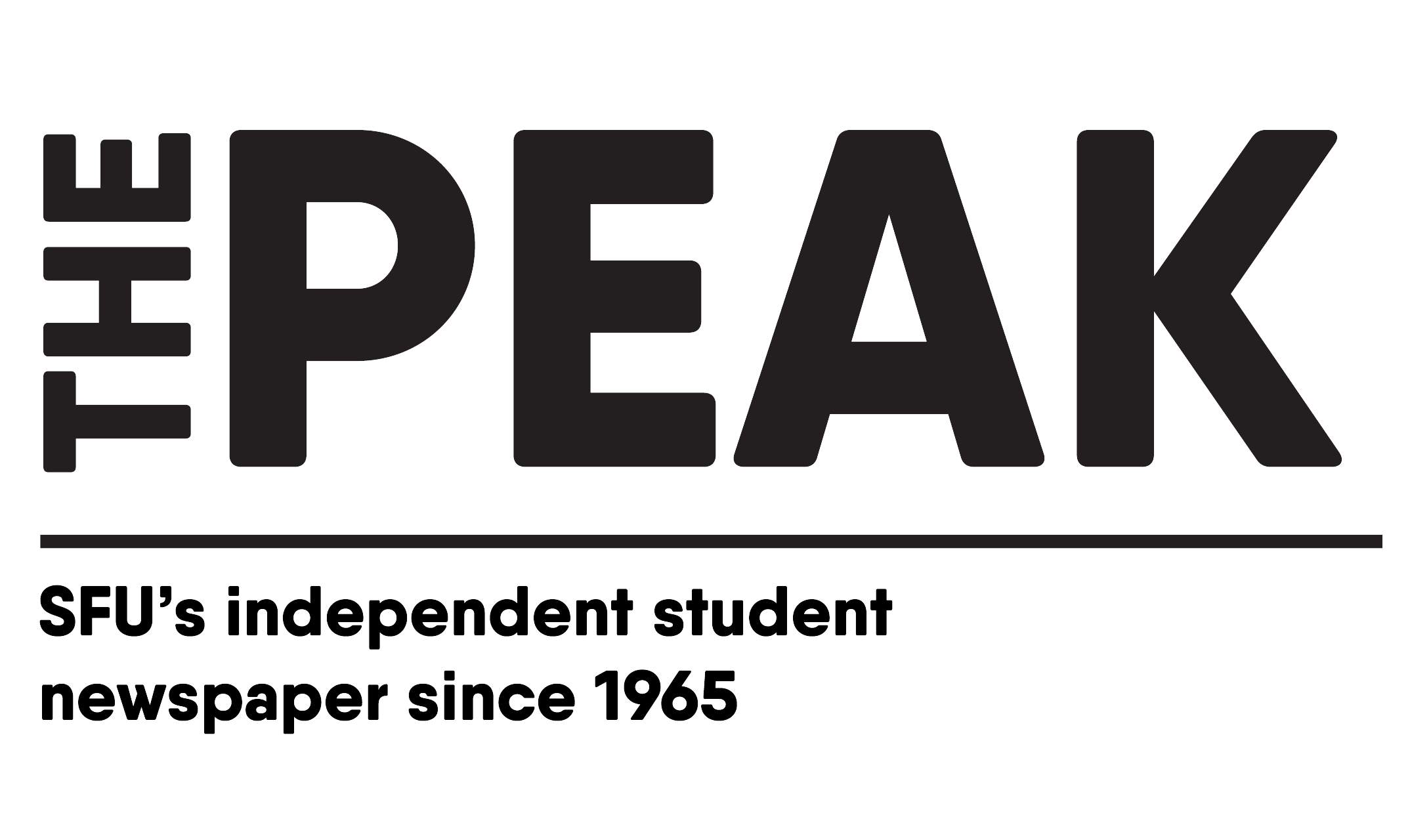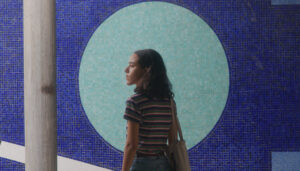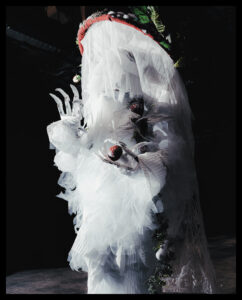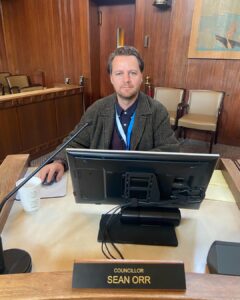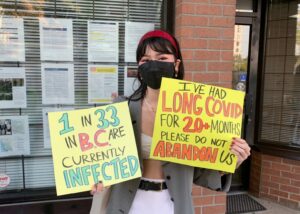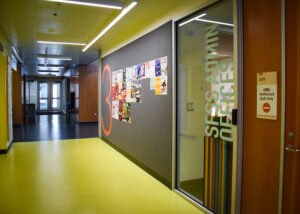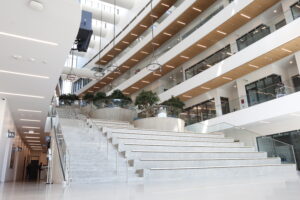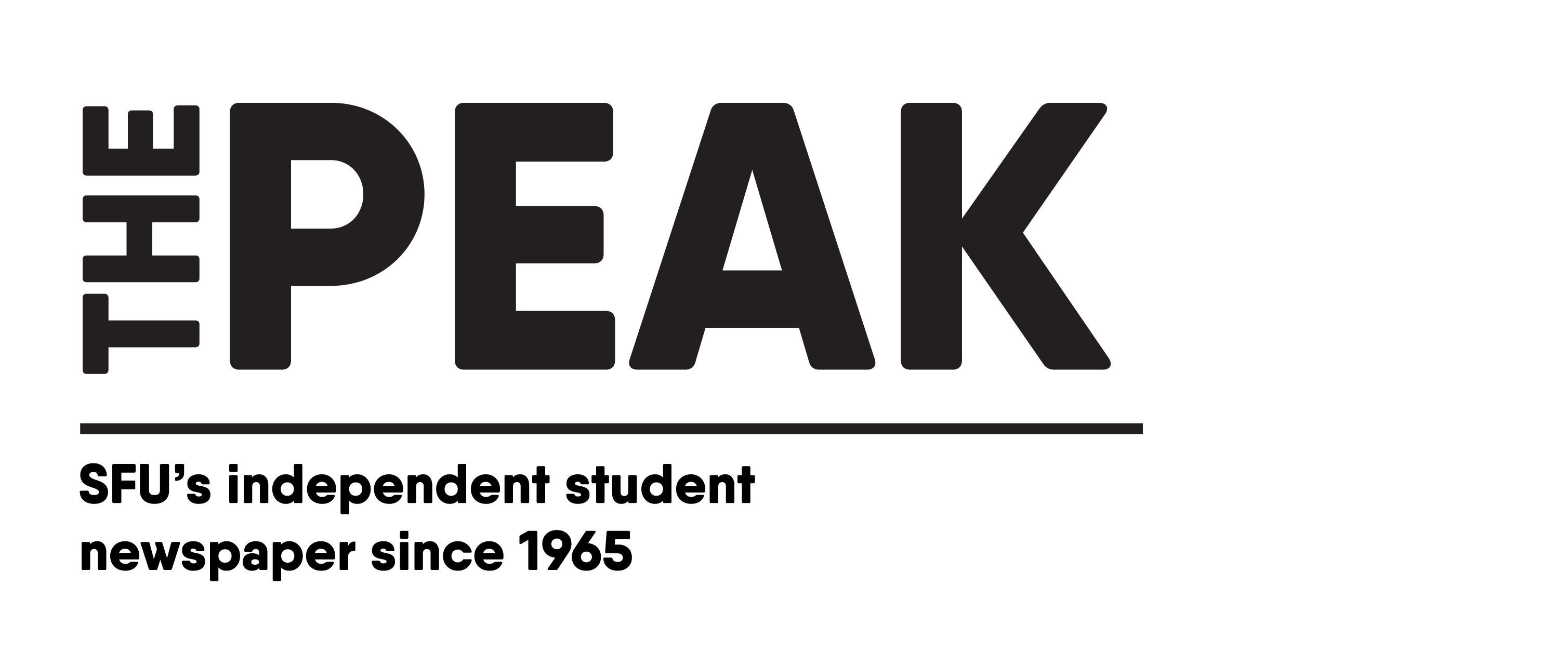By: Sude Guvendik, Staff Writer
Content warning: mentions of war and genocide.
The awaited 2024 Middle Eastern and North Africa (MENA) Film Festival is set to captivate audiences from January 27–February 1 at the VIFF Centre. The fifth annual selection boasts 42 feature and short films hailing from 25 countries from the MENA/SWANA (Southwest Asia and North Africa) region and its diaspora, standing out as one of the most diverse MENA festivals to date.
Arman Kazemi, festival director at MENA, emphasized the deliberate choice of naming the festival “MENA Film Festival in Vancouver” rather than the “Vancouver MENA Film Festival.” “We never consider ourselves to be geographically bound by municipal Vancouver. We very much see this as a global festival that represents a particularly Canadian voice from our perspective,” Arman explained. “We want to be very cosmopolitan in our vision.”
Kazemi co-founded MENA in response to a “lack of Iranian and other minority representation in Vancouver film culture specifically.” Film festivals in North America, whether Arab or not, “can tend to be a little bit silo or domestic,” he told The Peak. An Iranian Canadian filmmaker and journalist, he’s seen tremendous growth over the past five years with a hardworking team, a dedicated audience, and “competitive and challenging” films both locally and from around the world.
This year’s festival program delves deeply into the intricate relationship between bodies and their surroundings, exploring various temporal dimensions that span the past, present, and future. Sarah Trad, a Lebanese American artist and curator, and director of programming at MENA, provided insight into the evolution of the theme. She highlighted the films’ profound reflections on how bodies and minds serve as vessels for daily life. Divided into bundles under sub-themes, the films all shed light on the ways systems of power seek to control natural movements through space.
Initially grappling with the extensive implications of last year’s theme, “land”, the organizers encountered challenges following it up, as there are “so many different ways the SWANA region is affected by land […] in terms of heritage and diaspora.” After an open call and more submissions than anticipated, Trad was able to link the content under the thread of body, a topic she also happened to be exploring in her curatorial practice.
This was relevant especially in the context of ongoing atrocities facing these communities, such as the genocide in Palestine. Trad said that MENA’s goal is to “juxtapose the links that might be drawn from mainstream misrepresentations,” which tend to dominate perceptions of SWANA communities. The hope is to foster empathy and “politically engage with how SWANA bodies are being represented in news journals, for example.”
Trad’s vision is evident as each film becomes a brushstroke, contributing to a larger portrait of SWANA culture, where bodies “carry the weight” of heritage. She hopes that audiences “see the really intricate ways that people in SWANA culture relate to their bodies.”
Noteworthy debuts
While there’s no shortage of impressive films across that experiment and push boundaries, here are a few that are making a debut.
Vibrations from Gaza
Director: Rehab Nazzal
Palestine
Language: Sign language
Directed by a Montreal-based Palestinian Canadian artist and educator, this short documentary centres Amani, Musa, and Israa, three deaf children who have endured “several rounds of sieges” under Israeli occupation. Courageously sharing their “encounters with bombings and the ever-present drones hovering in their skies,” Trad emphasized how the children portray their disabilities as an asset and how impressed she was by how they narrated their experiences so eloquently as children. The film is important because children are “the most directly affected by what’s happening in Gaza right now,” and it highlights disability activism and rights under unfathomable circumstances.
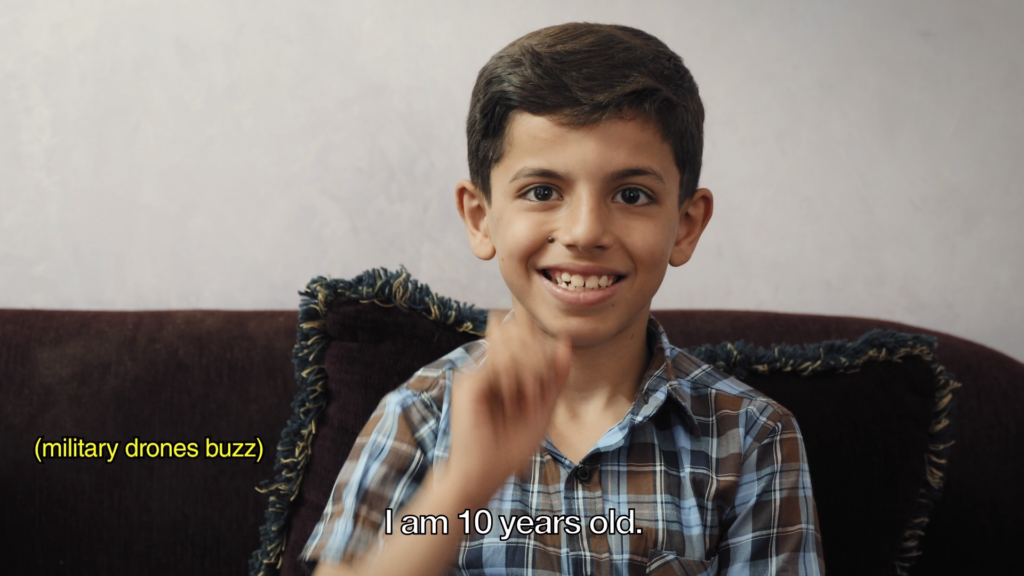
Hair
Director: Sara Jade Alfaro-Dehghani
Iran
Language: English and Farsi
Through Ontario-based director’s “whimsical and dramatic lens,” this short film embarks on a journey of three Persian immigrant sisters as they gather for their “regular tea and hair removal rituals.” This intimate tradition passed down through generations unravels layers of family drama alongside layers of clothing. As they “wax, thread, and epilate,” Nora, transitioning into womanhood, must learn the art of threading to “prove her chops” in the three witches’ coven. Informed by her upbringing with an Iranian mother, Hair is a tender exploration of family bonds, cultural heritage, and the intersection of rituals and womanhood.
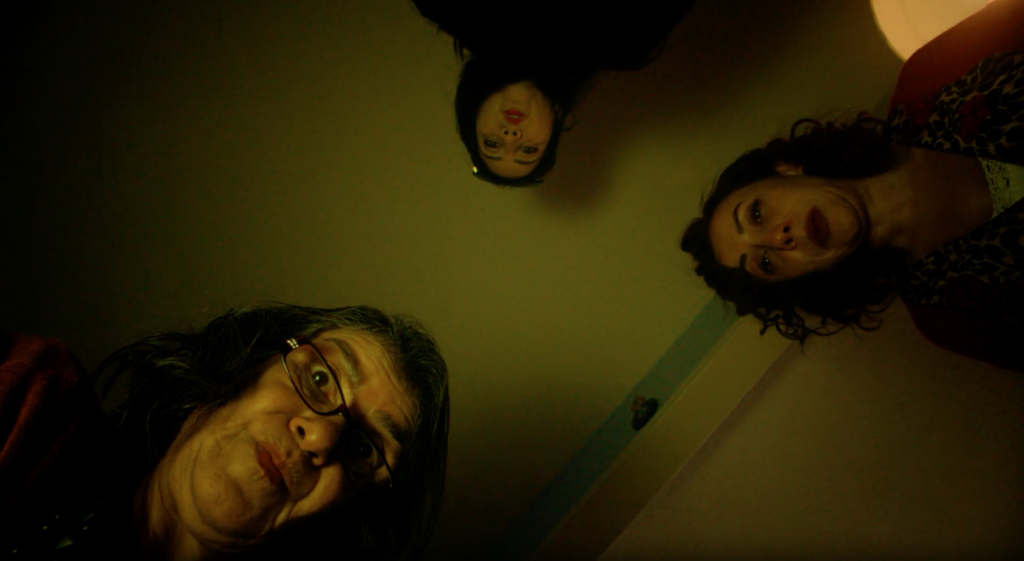
Heroic Bodies
Director: Sara Suliman
Sudan
Language: Arabic
Heroic Bodies delves into the tumultuous history of Sudanese women who have endured centuries of “oppression, abuse, and violations” of their basic rights. The feature documentary artfully portrays the multifaceted struggle and resistance of Sudanese women in reclaiming ownership of their bodies, fighting for the right to education, and advocating for accessible public health. The film also explores the matriarchal religion known as the “Zar cult” and how it challenges social norms. Suliman’s narrative skillfully weaves together tales of resilience, courage, and the unyielding spirit of Sudanese women in their quest for autonomy. “It’s really relevant for people right now to be learning about Sudan,” Trad said, referring to the current humanitarian crisis and ethnic cleansing.
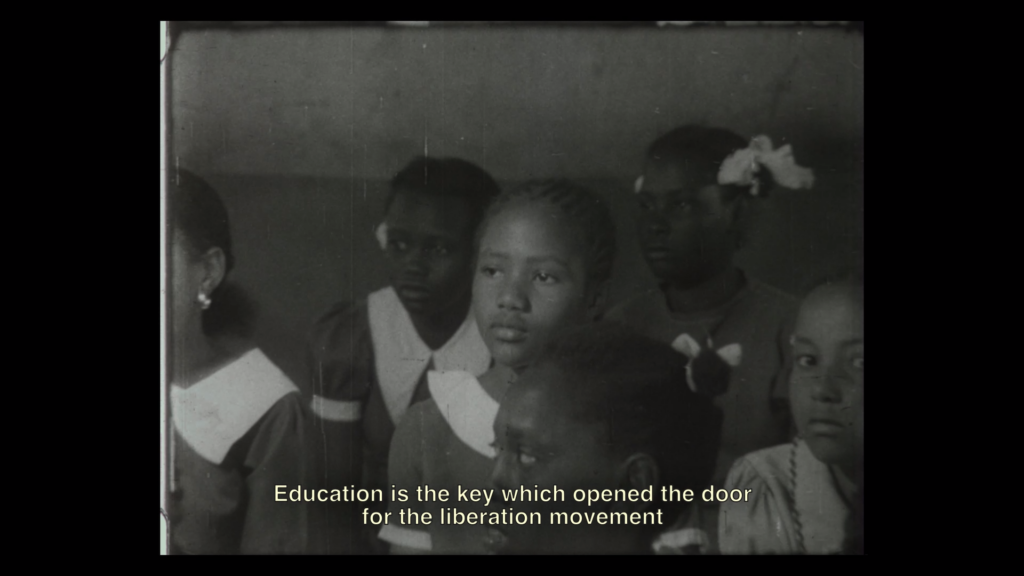
Get Involved!
The festival recently launched a volunteer call-out. Arman encouraged everyone interested to explore their website for their range of volunteer opportunities, including “venue liaising, merch table, audio and tech.” Volunteers get access to events, food and refreshments, and an afterparty with the vibrant MENA community. Beyond the festival’s core events, he revealed plans for a special free Armenian Evening at UBC on January 31 at 6:00 p.m., featuring screenings of two Armenian films and a Q&A with the filmmakers.
The theme of bodies in space and time serves as a rallying cry for a more inclusive and nuanced understanding of SWANA cultures. Through the lens of the body, the festival endeavors to foster empathy, challenge preconceptions, and contribute to a richer and more authentic representation of Middle Eastern and North African narratives in the global cinematic landscape.
Tickets range from $8–$15 and are free for self-identifying Indigenous individuals. Screenings are available both online and in-person. Find more information on their website, menafilmfestival.com.
